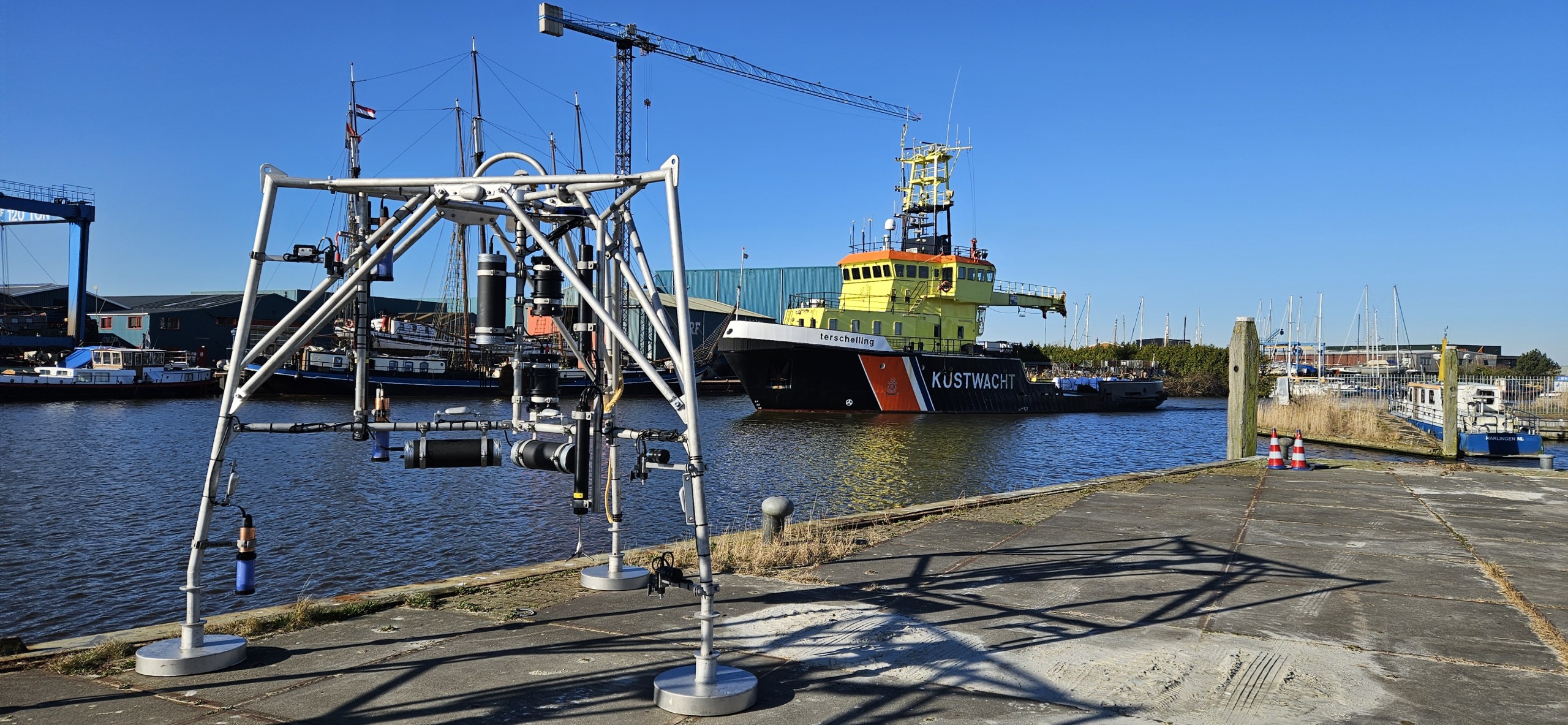Tuesday 7 October 2025

In March 2025, Rijkswaterstaat – the Directorate-General for Public Works and Water Management – launched a large-scale study into the ecological effects of sand extraction on the seabed near Ameland, a West-Frisian island off the northern coast of the Netherlands. Using the measuring instruments supplied by Observator, a large amount of data has now been collected, and the analysis phase is in full swing.
Rijkswaterstaat previously reported on the research into the effects of sand extraction near Ameland. The data for this study is collected using three measuring frames equipped with advanced measuring instruments. Each frame is placed on the seabed, at a depth of 25-30 meters, for approximately six weeks. The instruments collect data autonomously and store it internally. After six weeks, the frames are hoisted up to read out the data, change batteries, and clean the equipment.
For projects like this, reliable equipment and high measurement accuracy are crucial. Observator, as a representative of Xylem/YSI, has had positive experiences with the EXO probes for water quality measurements. For Rijkswaterstaat, the reliability and versatility of these multi-parameter probes were decisive factors in choosing the EXO probes for this project. It measures salinity, temperature, oxygen, chlorophyll, and algae concentrations, among other things. The sensors are automatically cleaned with a built-in wiper. Three EXO probes are mounted on each frame, at different heights above the seabed.
To accurately monitor changes in water properties, measurements are taken every two minutes. At this measurement interval, the EXO probes consume too much power to run on their internal batteries for six weeks. Therefore, the frames are equipped with watertight cylinders with batteries, which are replaced after each use and recharged on land. Customised solutions like this are typical for Observator.
The measurement frames have now been hoisted up several times, and the data have been collected multiple times. The accompanying graphs (MPP2, MPP3) show the chlorophyll and blue-green algae concentrations measured by two different EXO probes in the period March/April 2025. Thanks in part to the Observator measuring instruments, Rijkswaterstaat now has a valuable source of measurement data for further analysis.
By continuing to use the site, you agree to the use of cookies. more information
The cookie settings on this website are set to "allow cookies" to give you the best browsing experience possible. If you continue to use this website without changing your cookie settings or you click "Accept" below then you are consenting to this.